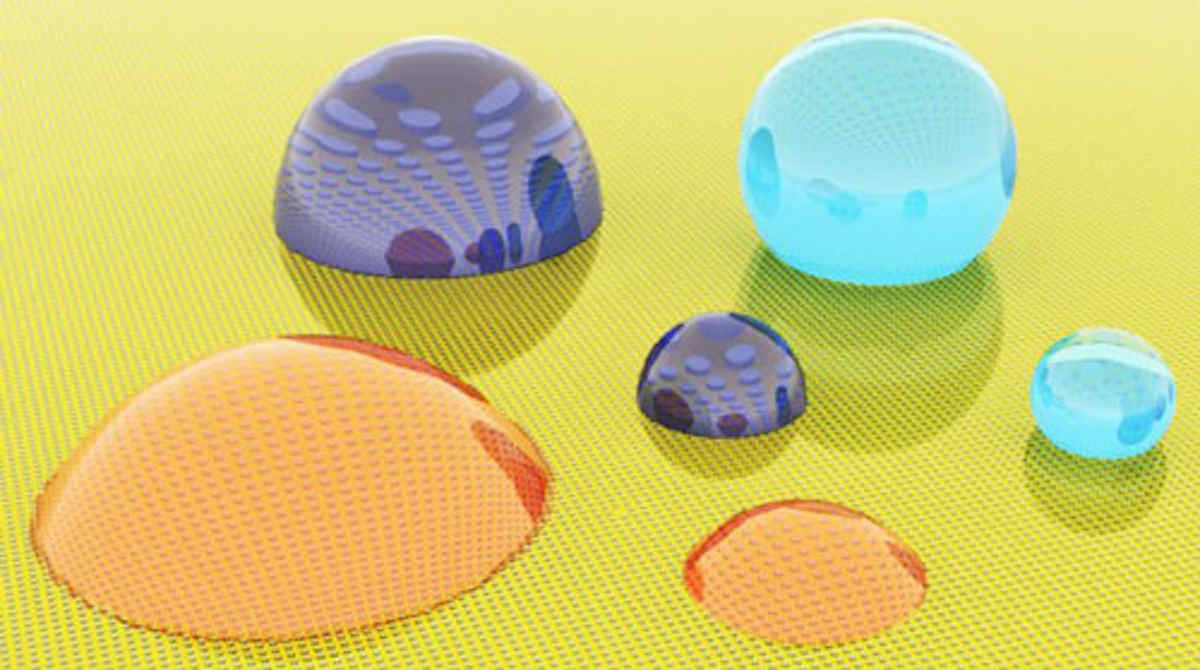A new engineered surface can outperform some of nature’s best water repellents, including the leaves of the lotus flower. Creating surfaces that make liquid droplets more mobile could help prevent icing on aircraft wings and improve water harvesting in arid regions.
Tak-Sing Wong, assistant professor of mechanical engineering at Penn State, says:
This represents a fundamentally new concept in engineered surfaces. Our surfaces combine the unique surface architectures of lotus leaves and pitcher plants in such a way that these surfaces possess both high surface area and a slippery interface to enhance droplet collection and mobility.
Mobility of liquid droplets on rough surfaces is highly dependent on how the liquid wets the surface. We have demonstrated for the first time experimentally that liquid droplets can be highly mobile when in the Wenzel state.
Cassie vs. Wenzel
Liquid droplets on rough surfaces come in one of two states-
- Cassie, in which the liquid partially floats on a layer of air or gas
- Wenzel, in which the droplets are in full contact with the surface, trapping or pinning them.
The two states are named for the physicists who first described them.
While the Wenzel equation was published in 1936 in a highly cited paper, it has been extremely challenging to verify the equation experimentally.
“Droplets on conventional rough surfaces are mobile in the Cassie state and pinned in the Wenzel state. The sticky Wenzel state results in many problems in condensation heat transfer, water harvesting, and ice removal. Our idea is to solve these problems by enabling Wenzel state droplets to be mobile,”
Xianming Dai, postdoctoral scholar in Wong’s group and the lead author on the paper, says.
Nanostructures
In the last decade, tremendous efforts have been devoted to designing rough surfaces that prevent the Cassie-to-Wenzel wetting transition. A key conceptual advance in the current study is that both Cassie- and Wenzel-state droplets can retain mobility on the slippery rough surface, foregoing the difficult process of preventing the wetting transition.
In order to make Wenzel-state droplets mobile, the researchers etched micrometer scale pillars into a silicon surface and then created nanoscale textures on the pillars. They then infused the nanotextures with a layer of lubricant that completely coated the nanostructures, resulting in greatly reduced pinning of the droplets.
The nanostructures also greatly enhanced lubricant retention compared to the microstructured surface alone.
The same design principle can be easily extended to other materials beyond silicon, such as metals, glass, ceramics, and plastics.
Reference: Xianming Dai, Birgitt Boschitsch Stogin, Shikuan Yang, and Tak-Sing Wong. Skippery Wenzel State. ACS Nano, 9, 9, 9260–9267 DOI: 10.1021/acsnano.5b04151
Last Updated on December 5, 2022
